DJI Mini 4 Pro vs Mini 5 Pro: The Biggest Upgrade Has Nothing to Do With Image Quality

Amazon Drone Deals: DJI Mini 5 Pro Fly More Combo with DJI RC2 now for $1,099!
After weeks of testing both the DJI Mini 4 Pro and Mini 5 Pro in Alaska’s demanding conditions, I discovered the most compelling reason to upgrade has little to do with the new 1-inch sensor. In my latest video, I break down everything from image quality and flight performance to the design changes that actually matter for real-world drone pilots.
Just to be clear upfront: DJI didn’t send me either of these drones. I bought and paid for the Mini 4 Pro, and I borrowed the Mini 5 Pro from a friend. This is purely my hands-on experience after putting both through their paces.
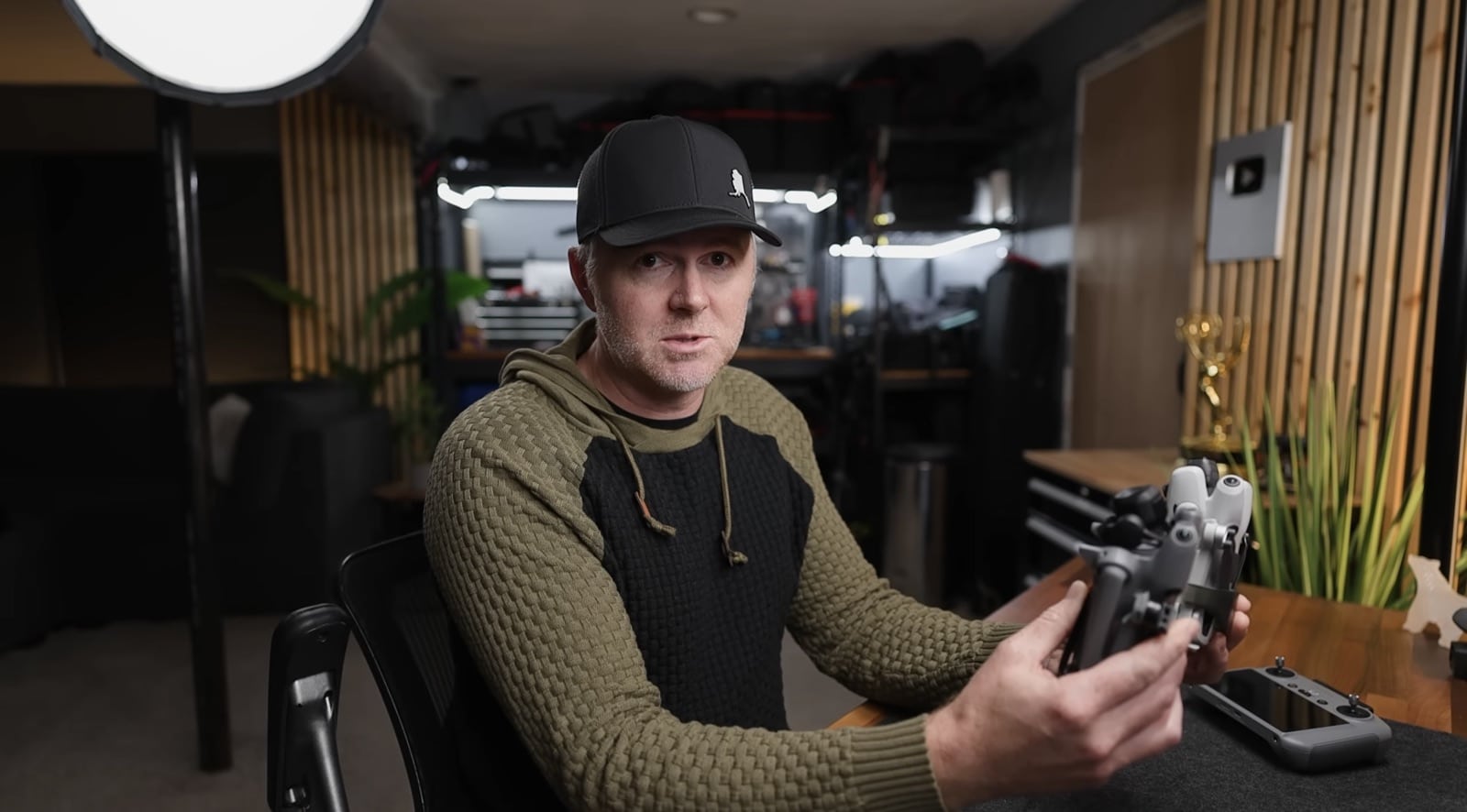
Image Quality: Surprisingly Similar Performance
I expected the Mini 5 Pro’s new 1-inch sensor to blow the Mini 4 Pro’s smaller sensor out of the water. But here’s the reality: the difference is really negligible.
Both drones shoot fantastic 4K video up to 60 frames per second with D-Log M color profile if you want to color grade. All the footage I captured was shot in the same color profiles and settings to ensure fair comparison. Other than some slight color variations, I haven’t seen a huge difference between them. They both look really, really good.
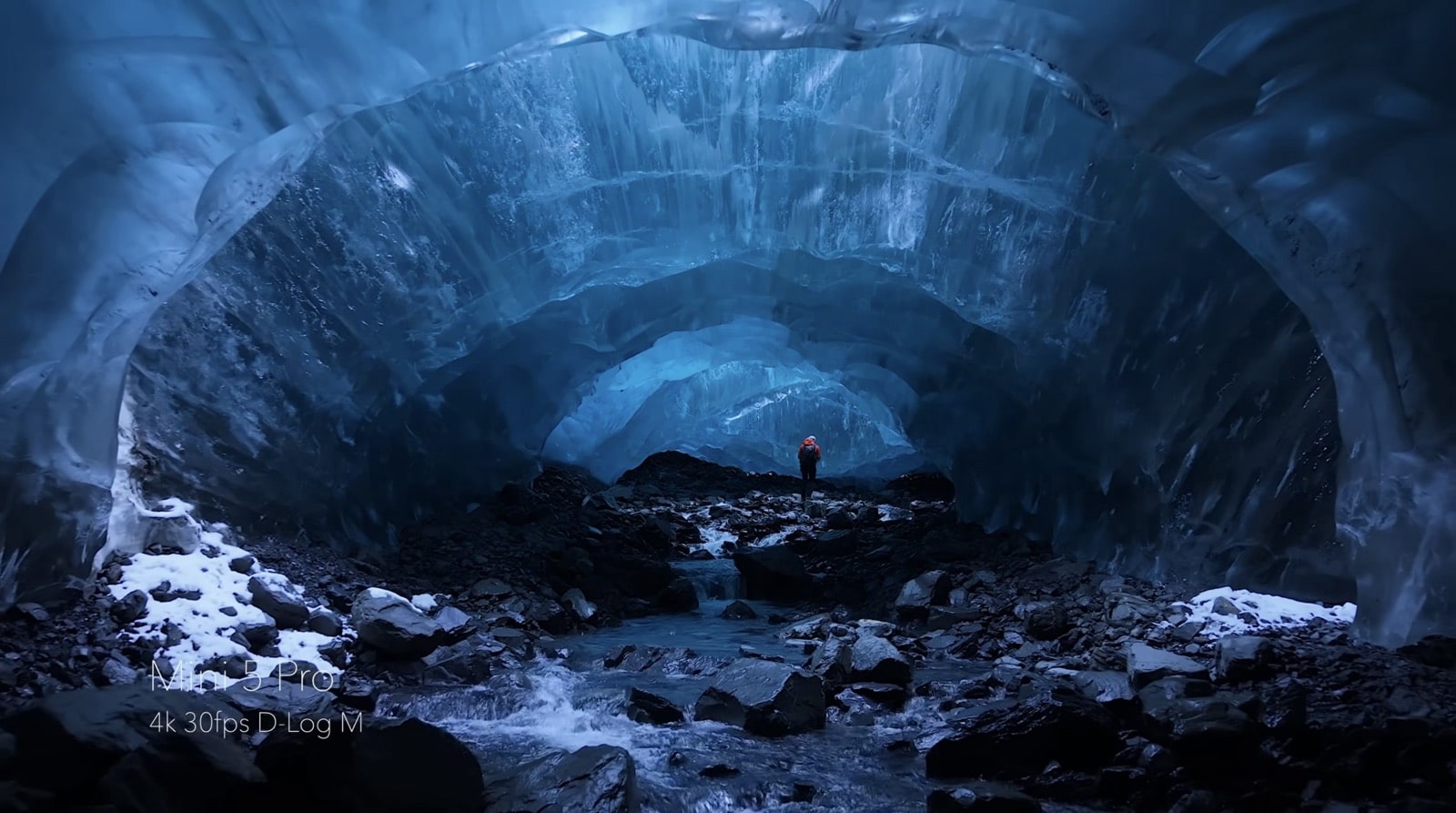
When it comes to dynamic range, I shot D-Log M on auto ISO to extract the maximum possible range from both drones. Sometimes the Mini 5 Pro performs better—you can see way more detail in the clouds in certain clips. But sometimes the Mini 4 Pro actually performs a little better in dynamic range.
After extensive testing, I can say the Mini 5 Pro does have a little bit better image quality. It’s just a little sharper, with slightly more dynamic range. But it’s not a huge, night-and-day difference.
Low Light Performance: Minimal Improvements
To properly test low light capabilities, I found the perfect location: ice caves in Alaska. While the difference between the two is very negligible, there’s one notable distinction. The Mini 4 Pro uses the old system where you have to switch to a night mode specifically to film in very low light and access high ISO. The Mini 5 Pro integrates everything into one system, like the Air 3S.
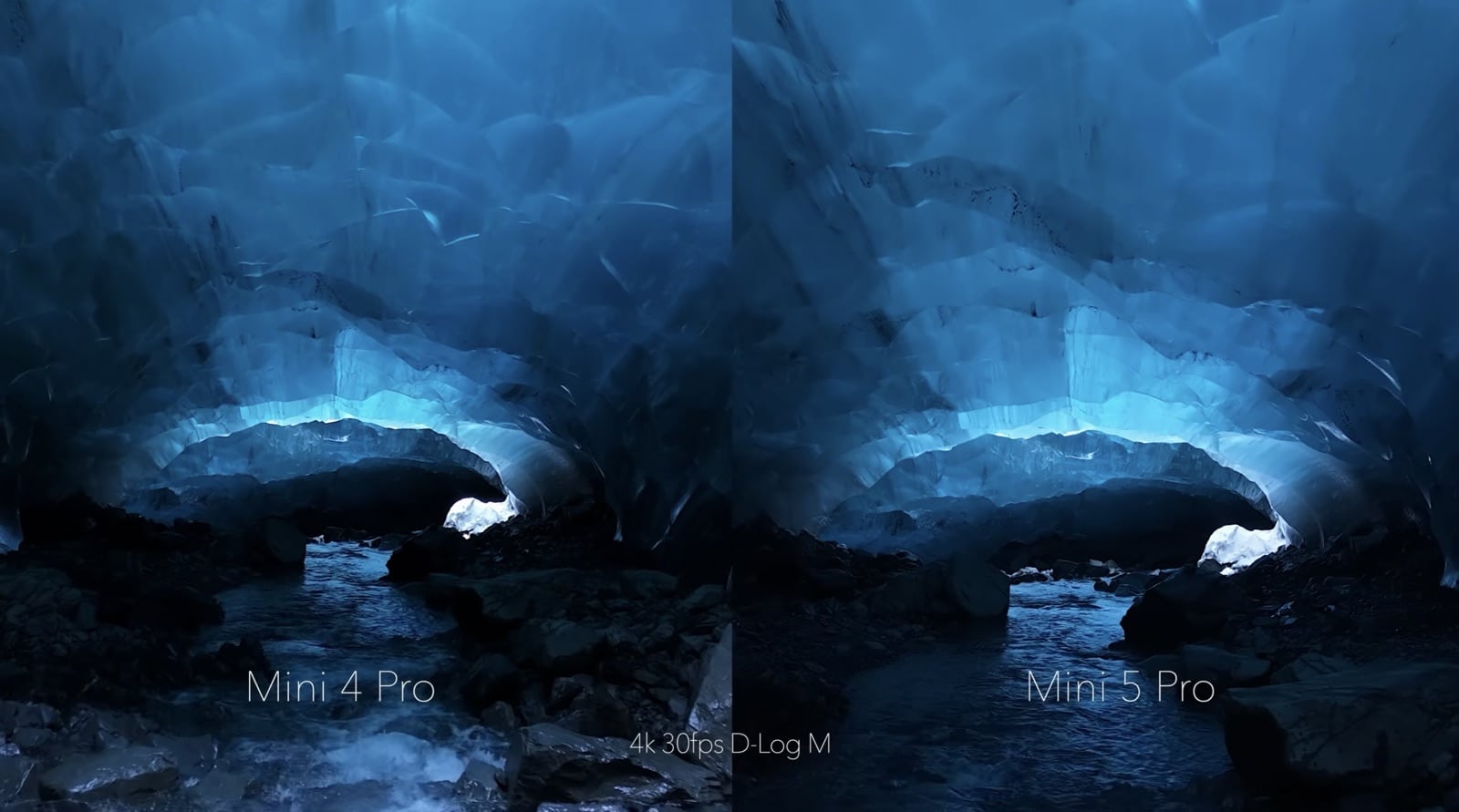
I went out way before sunrise and filmed while ramping through the ISOs, testing all the way up to the highest ISO of 12,800 on both drones. Even at maximum ISO, shooting at -2 sharpness and -2 noise reduction—which is the best way to capture low light footage for post-production noise reduction—it’s very difficult to see a difference.
The 2x Crop: A Game-Changing Feature
Here’s where the Mini 5 Pro wins big: the 1-inch sensor enables a 2x crop that gives you full 4K readout. This isn’t a second camera or separate lens—it’s just cropping on the sensor. But it effectively takes you from 24mm to 48mm focal length.
This gives you some really cool results because you’re getting into that telephoto feel where the background and foreground feel a little closer together. Your subject looks a little more true to life in the environment when you pull that background and foreground together.
This is a huge advantage and one of the main reasons I’m getting a Mini 5 Pro. I love having those longer focal length options available.
The Mini 5 Pro can also do that 180-degree barrel roll shot, which I don’t really see much use for in anything I do. It can be cool in the right scenario, but if you want shots like that, the Mini 5 Pro delivers and the Mini 4 Pro doesn’t.
Slow Motion: Better Frame Rates and Export Options
The Mini 5 Pro offers a small but definite upgrade in slow motion. The Mini 4 Pro maxes out at 100 frames per second in 4K or 200 frames per second in 1080p. The Mini 5 Pro pushes to 120 frames per second in 4K and 240 frames per second in 1080p.
The Mini 5 Pro also exports the file locked at 30 frames per second instead of 25 frames per second, so you don’t have to retime it in post to match a 30 or 24 frames per second timeline. If you’re in Europe operating on 25 frames per second anyway, this is less relevant. But for North American workflows, it’s a win.
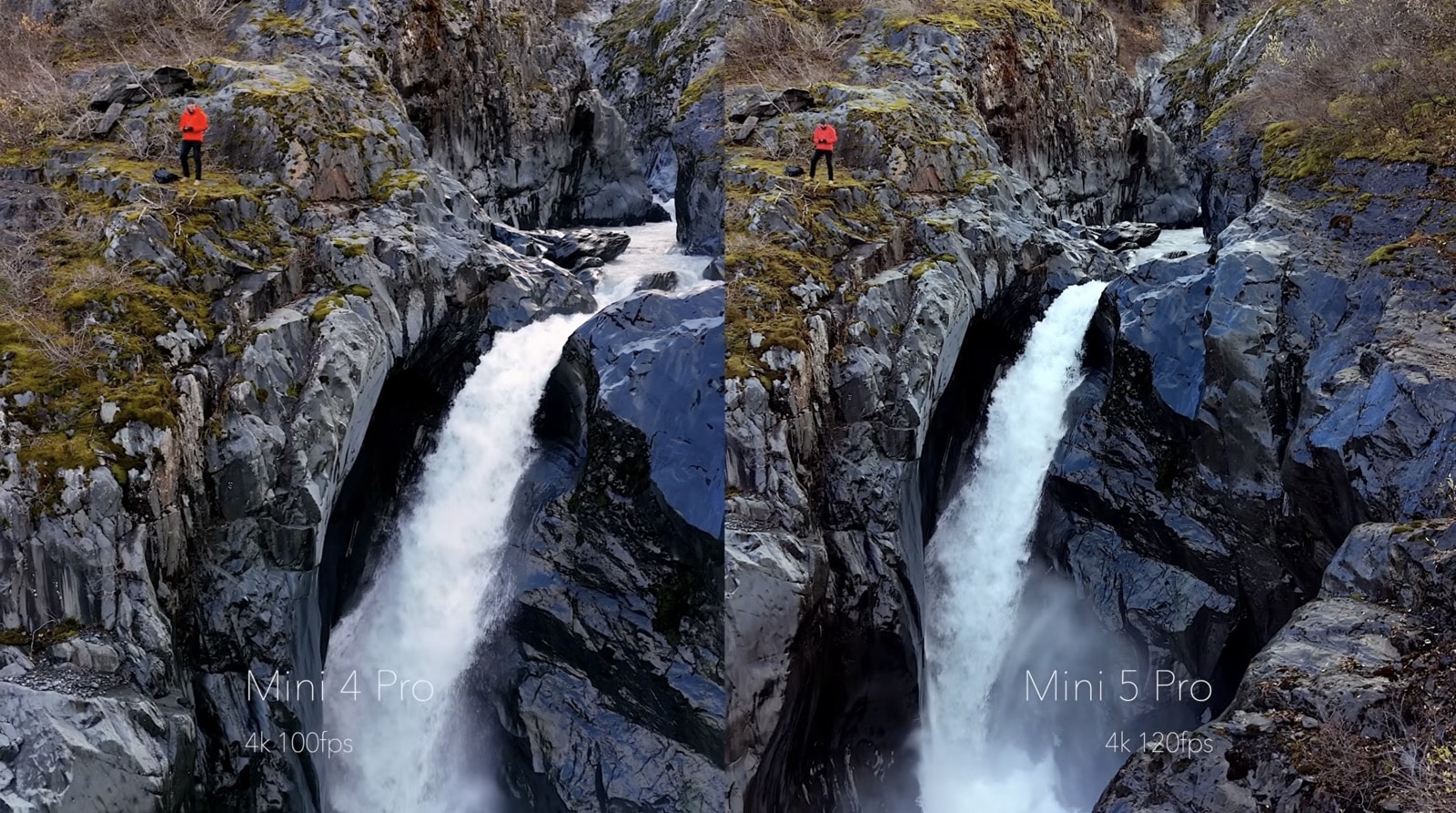
As far as quality between the two, they’re very close. Both look about the same. You just get slightly slower motion on the Mini 5 Pro.
Photo Quality: Nearly Identical Results
Both drones use a quad-bayer sensor, giving you 12-megapixel or 48-megapixel options (12.5 and 50 megapixel respectively). I expected the Mini 5 Pro to dominate here, but it just doesn’t.
There’s a tiny bit more detail in the Mini 5 Pro photos, but it’s so small and difficult to see. The photos from both drones look great. They both produce phenomenally detailed images with really good dynamic range.

The advantage of the lower resolution mode on both drones is better dynamic range. The higher resolution mode gives you more detail but at slightly reduced dynamic range. If you want maximum dynamic range, shoot in 12-megapixel mode. If you want maximum detail, use the higher megapixel setting.
Up to this point, I’d call this a dead-even tie. They’re both winning in certain areas and losing to each other in others.
Flight Performance: Where the Mini 5 Pro Pulls Ahead
The biggest upgrades in the Mini 5 Pro come in flight performance, battery life, and design changes. These make a huge difference in real-world operation.
A big problem with Mini drones is wind. They’re so small and lightweight that they struggle in windy conditions. Because the Mini 5 Pro is slightly more powerful, it actually handles wind better.
You won’t notice a big difference if you’re far away from subjects in wind. But the closer you get, the more difference you’ll see. The Mini 5 Pro definitely handles the same amount of wind a lot better in my tests.
The Mini 5 Pro also has improved top speed, going about 5 miles per hour faster than the Mini 4 Pro. This means it can handle higher winds when flying in areas like mountain tops—which matters a lot for my Alaska shooting locations.
Obstacle Avoidance: Significant Improvements
The Mini 5 Pro definitively improves over the Mini 4 Pro in obstacle avoidance. It now includes a LIDAR sensor in the front, and the cameras can see down to one lux (I’m not sure what the Mini 4 Pro cameras are rated for).
I noticed this dramatically in the ice cave. The Mini 5 Pro kept a super stable flight path all the way through with visual positioning on, since there was no GPS. The Mini 4 Pro, even with the same settings, would lose track of where it was and suddenly go into ATTI mode. In fact, I crashed my Mini 4 Pro in the ice cave because of this.
The Mini 5 Pro has much better obstacle avoidance, period.
Active Track and Dynamic Home Point
I wanted to test if the Mini 5 Pro tracks better, since it includes new features like cycling mode and others, plus better obstacle avoidance. But I don’t think it actually tracks any better. They’re very similar in my tests. Both track really well and will follow you through a scene effectively.
However, if you fly from moving vehicles a lot or track yourself through big areas, the Mini 5 Pro allows for dynamic home point. This is huge because it updates the home point based on the remote controller’s position. If you’re operating from moving vehicles or hiking long distances, dynamic home point is a big win.
Battery Life: 7-10 Minutes Longer
Battery life sees real improvement. The Mini 5 Pro gets about 10 more minutes with the long-run batteries and around five more minutes with the shorter, lighter-weight batteries.
I’ve been using mostly the plus-size batteries in both drones. You’ll get 7 to 10 more minutes depending on how you’re flying in the Mini 5 Pro compared to the Mini 4 Pro with the same batteries.
The 249-Gram Problem
Here’s the biggest issue with the Mini 5 Pro versus the Mini 4 Pro: the Mini 5 Pro is over 249 grams (8.8 ounces). It exceeds the weight limit that most countries have set where you don’t need to register the drone, or where it falls under a category requiring less certification for commercial operation.
When you use the lightweight batteries on the Mini 4 Pro, you stay under that critical threshold. This is a significant consideration depending on where you operate.
Design Improvements That Actually Matter
Beyond the 249-gram issue, the Mini 5 Pro brings two massive upgrades that make it worth the investment.
Quick-Change Propellers: The Mini 4 Pro requires a small Phillips head screwdriver to change propellers. It’s a pain. The screws are tiny, and good luck doing this outside. You need to be very careful, and it’s hard to change these propellers.
The Mini 5 Pro has new quick-change propellers that just pop off and pop on, locking in place. Super easy and super fast to change. This is a huge upgrade if you tend to clip bushes or crash these drones occasionally—which I do.
Internal Storage: I forgot an SD card on one shoot. The Mini 4 Pro only has 2GB of built-in storage. The Mini 5 Pro has 42GB. That’s a big distinction and very important. Thankfully, I had SD cards with me, but if I hadn’t, I would have hiked up for no reason and barely been able to use the drone.
Improved Front Cover: They redesigned the front cover, which I really like. It snaps in and the props tuck in securely. The props are all protected with one simple piece. The Mini 4 Pro has this little strap thing to protect the propellers, which is a real pain to put on and take off when your hands are cold or you’re out in the snow and ice.
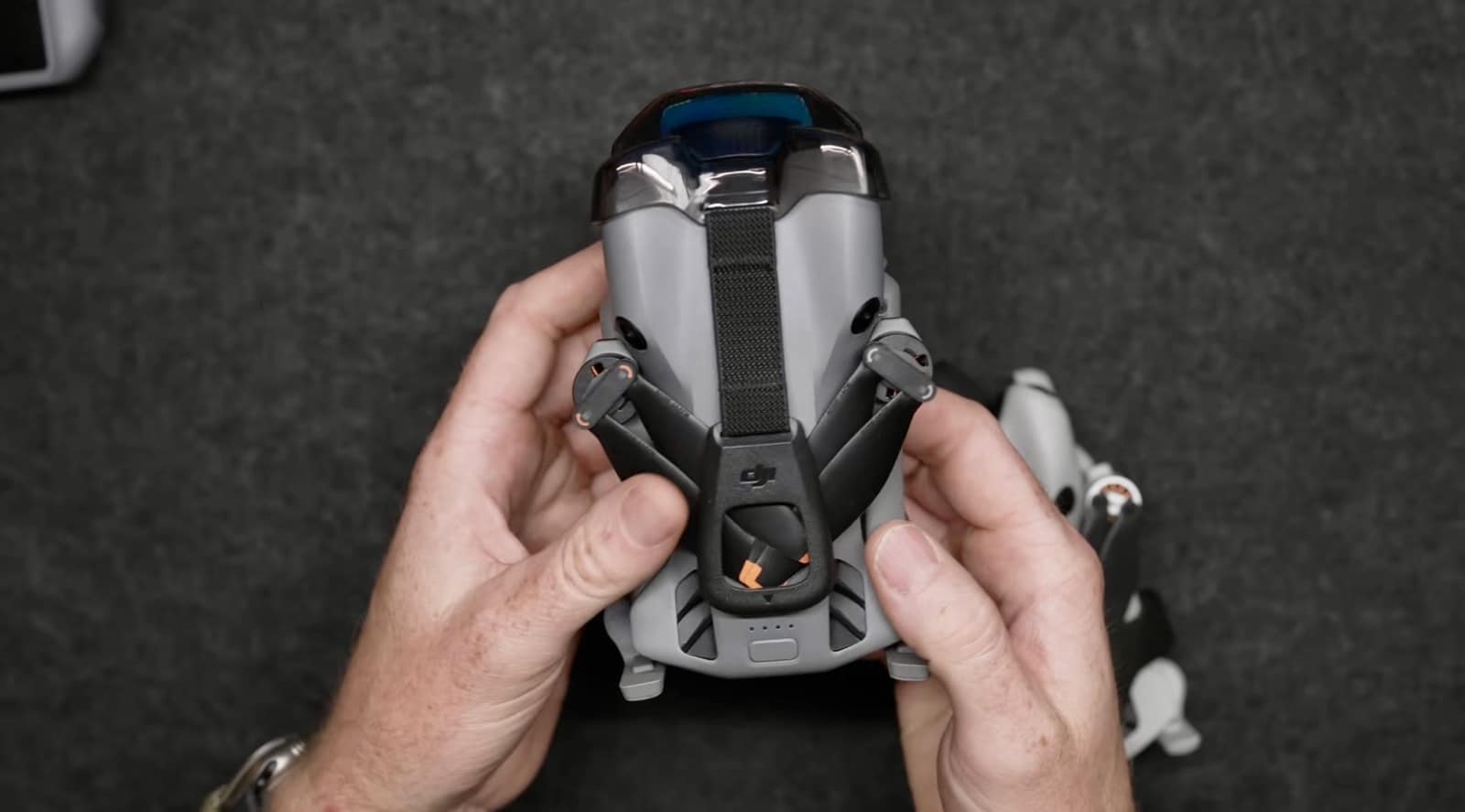
Battery Compatibility: An Important Note
If you get the Fly More kit—which I highly recommend because you will want to fly more—both the Fly More Plus kit (heavier, longer-run batteries) and regular Fly More kit (lighter-weight batteries) are available.
Here’s something interesting: the Mini 5 Pro batteries are not backward compatible with the Mini 4 Pro, but the Mini 4 Pro batteries are forward compatible with the Mini 5 Pro. If you have a bunch of Mini 4 Pro or even Mini 3 Pro batteries, you can use them with the Mini 5 Pro. That’s a big deal.
Where the Mini 4 Pro Still Wins
There’s one significant way the Mini 4 Pro beats the Mini 5 Pro: the camera lens is removable. You can click it on and off.
I didn’t think this was a big deal for ND filters or anything like that, but it is. It helps keep the drone weight down, but it also means you can add things like a wide-angle lens if you want to shoot wide-angle photos or video. Having a wide-angle lens option is really useful. The Mini 4 Pro is the only drone in this size class that allows this.
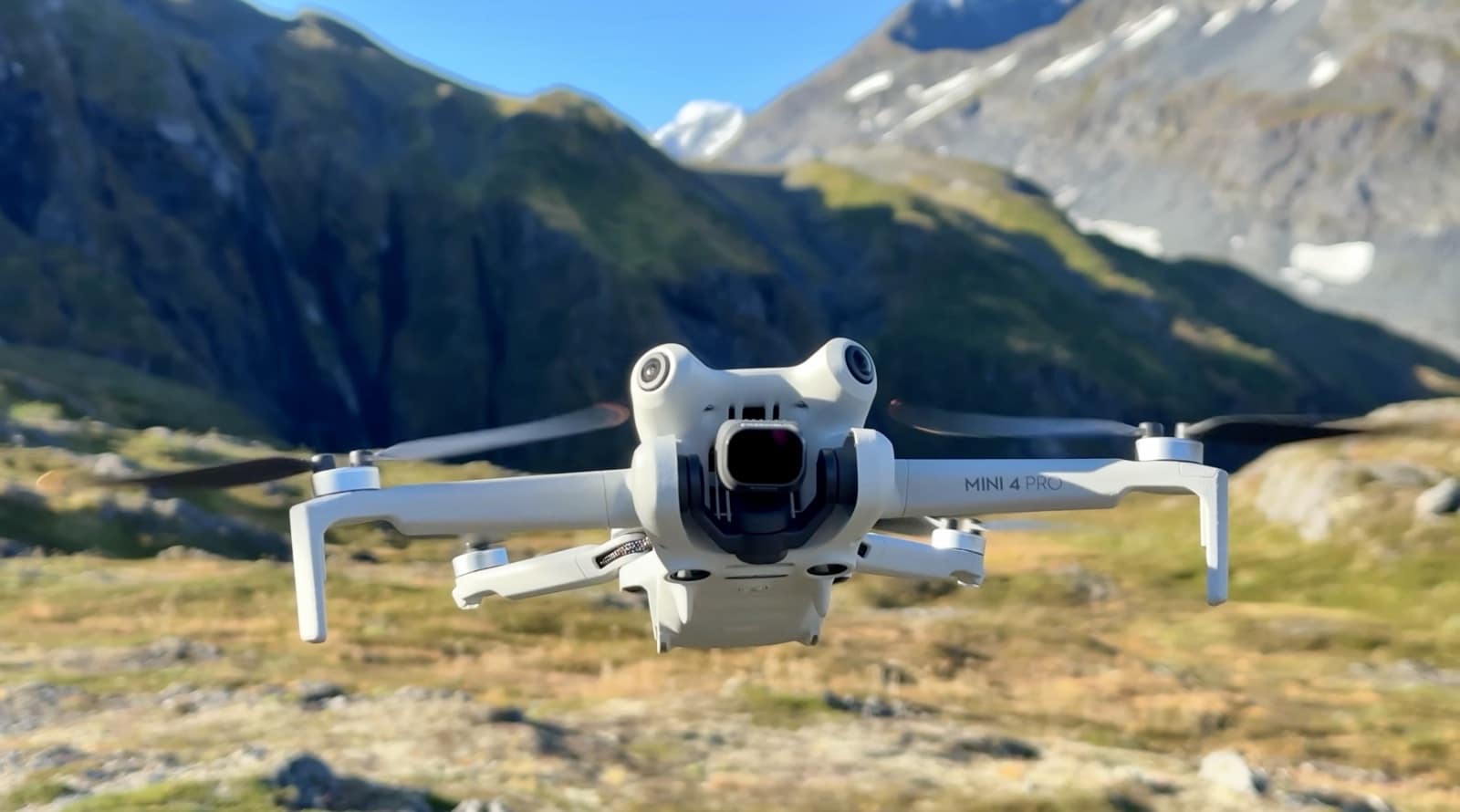
The Mini 5 Pro clips ND filters on the front, which adds weight since you can’t remove the lens at all. I don’t know if they’ll be able to make a wide-angle lens for the Mini 5 Pro. This is a huge way the Mini 4 Pro wins.
Pricing and Availability
If you’re in the US buying a drone that’s been imported, you’re going to pay a fair amount for this drone. Pricing changes frequently, so I can’t even state specific numbers. If you’re interested in buying one, there are links in the description to both US-based stores that generally have them in stock: Droneworks, Amazon sometimes, B&H Photo, and Adorama sometimes.
There’s also the option to purchase through eBay from places in South Korea. I’ve included specific links to stores that I or my friends have purchased DJI stuff from with no issues coming into the US. If you’re in other parts of the world, you have a much simpler and easier time with this.

DroneXL’s Take
At the end of the day, if your highest priority is image quality, you should stick with the Mini 4 Pro. The sensor upgrade simply doesn’t deliver the dramatic improvements many pilots expected.
But if you want longer flight time, better wind handling, and especially that 2x crop-in on the sensor for telephoto-feel shots, the Mini 5 Pro is a huge upgrade and definitely worth it. It’s the first time one of these mini drones has been something I could see myself regularly taking over the Air 3S, because when I’m in the mountains I deal with wind constantly, and the Mini 5 Pro handles wind so much better than the Mini 4 Pro.
The practical improvements—quick-change props, 42GB internal storage, better obstacle avoidance, and dynamic home point—add up to a significantly better user experience in the field. For Alaska’s challenging conditions, these upgrades matter more than marginal image quality gains.

The 249-gram weight issue is the elephant in the room. Depending on your country’s regulations and whether you operate commercially, losing that sub-250-gram classification could be a dealbreaker. Know where your regulations stand before you buy.
If you’re coming from something like a Mini 3, you’ll see a huge upgrade with the Mini 5 Pro. But Mini 4 Pro owners need to carefully weigh whether flight performance and convenience features justify the investment over the minimal image quality improvements.
What’s your take on the Mini 5 Pro’s upgrades? Is the improved wind handling and flight time worth losing the sub-250-gram classification? Share your thoughts in the comments below.
Discover more from DroneXL.co
Subscribe to get the latest posts sent to your email.
Check out our Classic Line of T-Shirts, Polos, Hoodies and more in our new store today!

MAKE YOUR VOICE HEARD
Proposed legislation threatens your ability to use drones for fun, work, and safety. The Drone Advocacy Alliance is fighting to ensure your voice is heard in these critical policy discussions.Join us and tell your elected officials to protect your right to fly.
Get your Part 107 Certificate
Pass the Part 107 test and take to the skies with the Pilot Institute. We have helped thousands of people become airplane and commercial drone pilots. Our courses are designed by industry experts to help you pass FAA tests and achieve your dreams.

Copyright © DroneXL.co 2025. All rights reserved. The content, images, and intellectual property on this website are protected by copyright law. Reproduction or distribution of any material without prior written permission from DroneXL.co is strictly prohibited. For permissions and inquiries, please contact us first. DroneXL.co is a proud partner of the Drone Advocacy Alliance. Be sure to check out DroneXL's sister site, EVXL.co, for all the latest news on electric vehicles.
FTC: DroneXL.co is an Amazon Associate and uses affiliate links that can generate income from qualifying purchases. We do not sell, share, rent out, or spam your email.





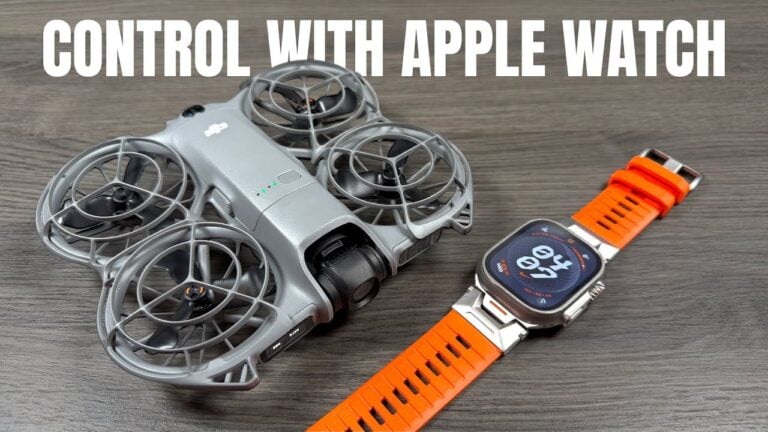



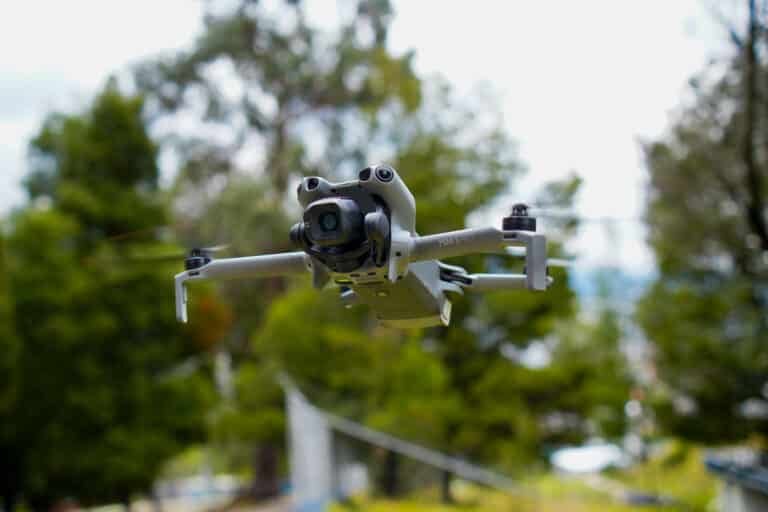
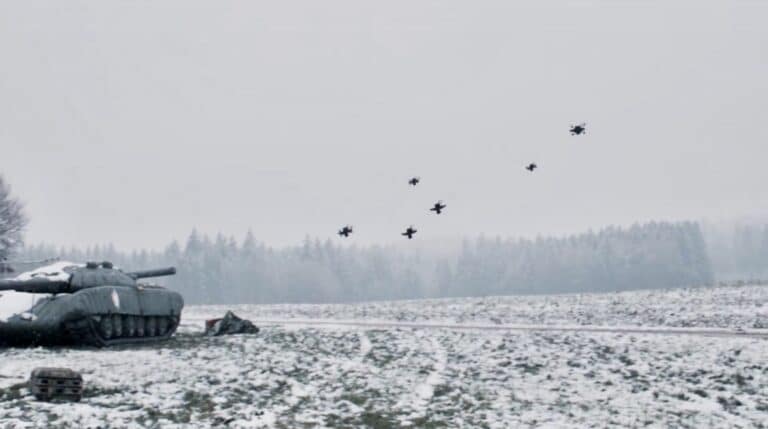
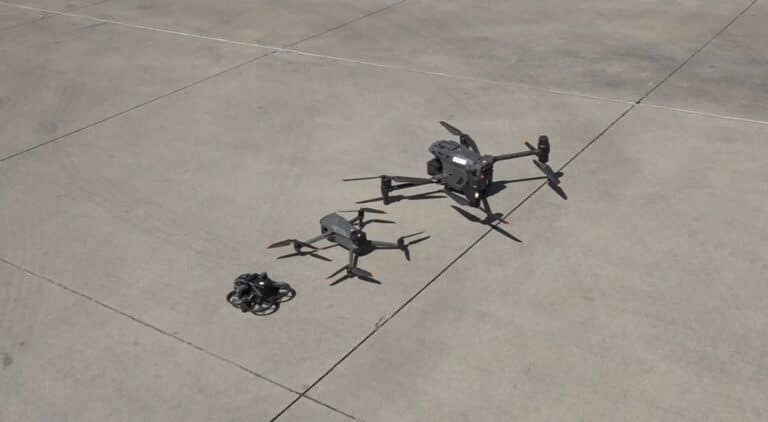

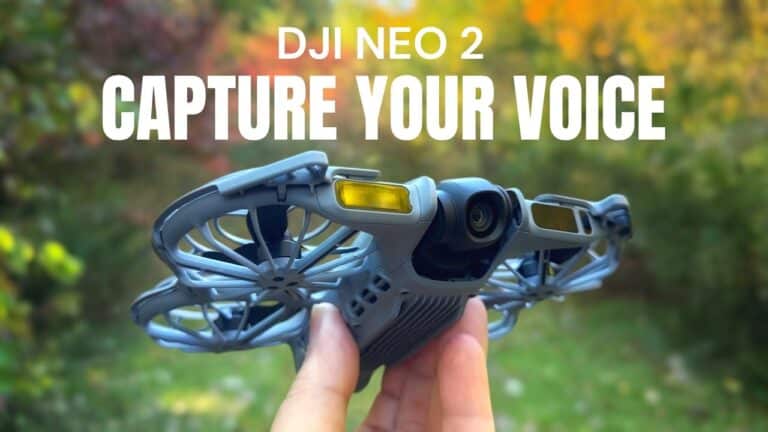
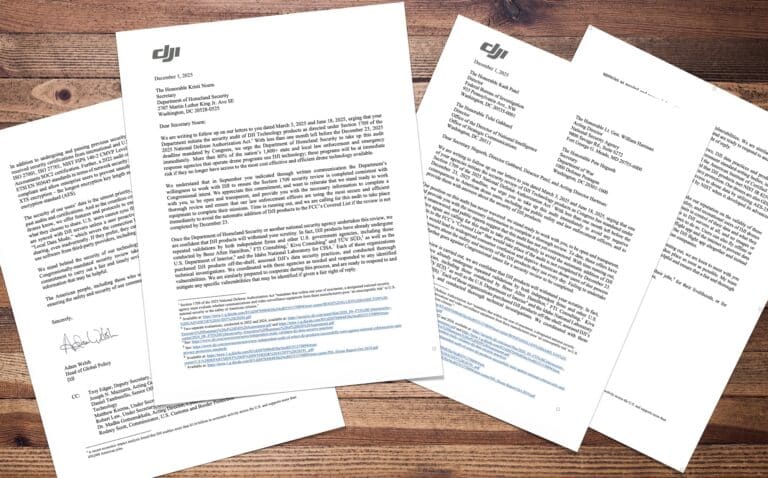
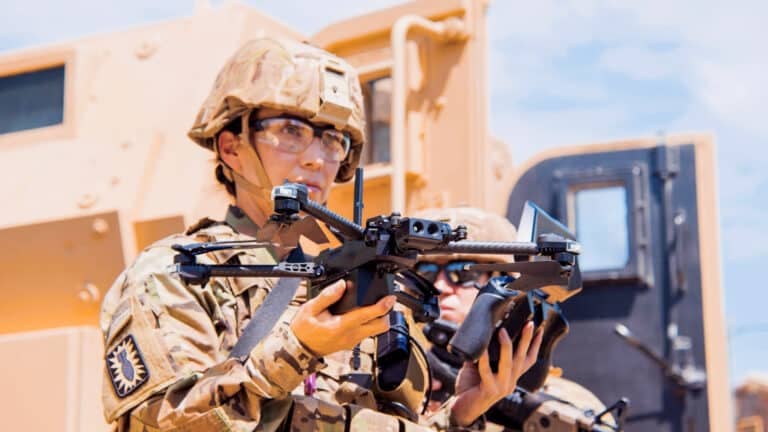
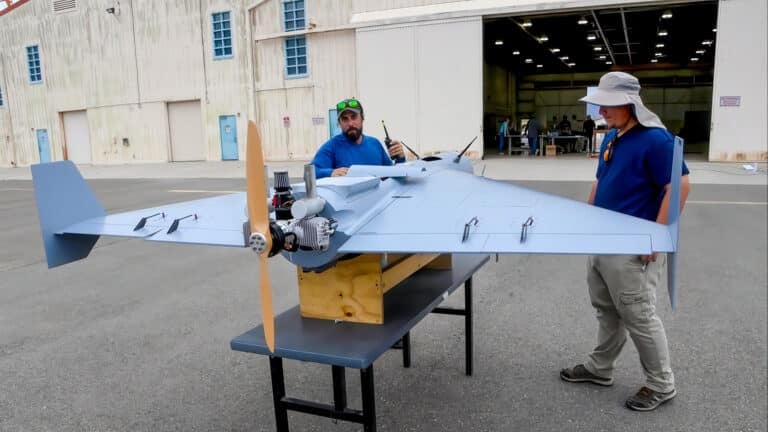


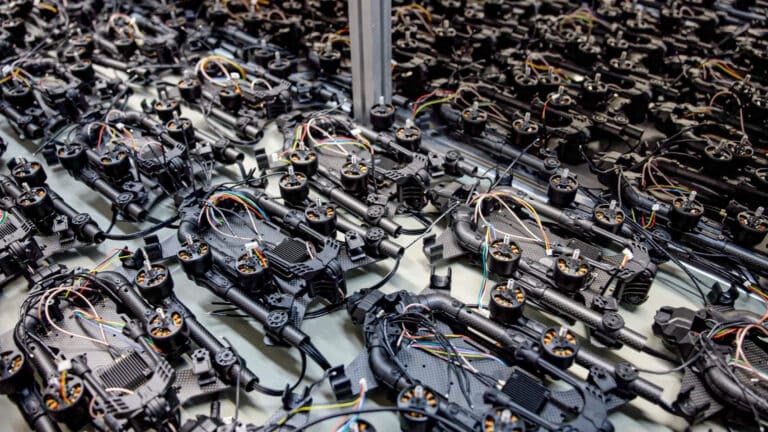
Unfortunately, if you want to stay in the unregistered class, the Mini 5 Pro (at the moment) isn’t an option, or at least is a crapshoot in that you have to buy one blind and hope it’s one of the seeming rare -4g models. while the Mini 4 Pro is.
That makes it weird to compare them for many people as the M5P isn’t actually an upgrade.
Great review of comparing the Mini 5 Pro with Mini 4 Pro. I currently have a Mini 3 and now can confirm that upgrading to the Mini 5 Pro will be more than worth it.
In Canada, because of the weight issue, the Mini 5 Pro would not be considered a ‘Microdrone’ (sub-250g) by Transport Canada. Hence, if I want to fly one, I would need to register drone and obtain a Remote Pilot Certificate. Registering the drone is easy but getting the pilot certificate is more challenging as I needed to study pages of rules, regulations, definitions, terms, tips and aviation-related information before I took a 90-minute exam. Passing grade is 65%.
With the Remote Pilot Certificate, I now have the option of getting the heavier Air 3 S or Mavic 4 Pro. But Mini 5 Pro seems to be of best value our of the three.
No surprise in 1 inch video vs that on pro4 smaller sensor.
You report that they are both 12MP – in effect, the same capability. To get a better picture, more MP required.